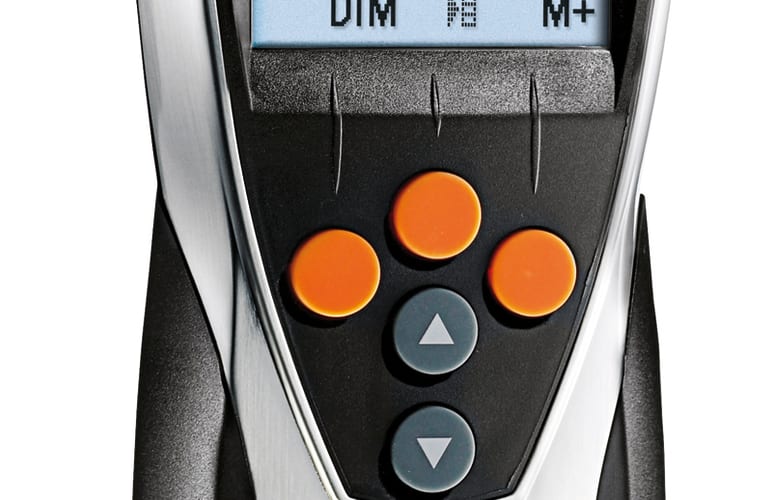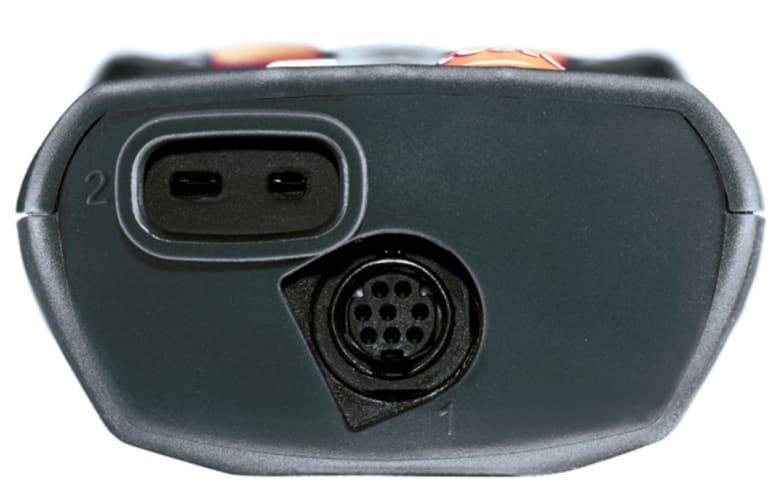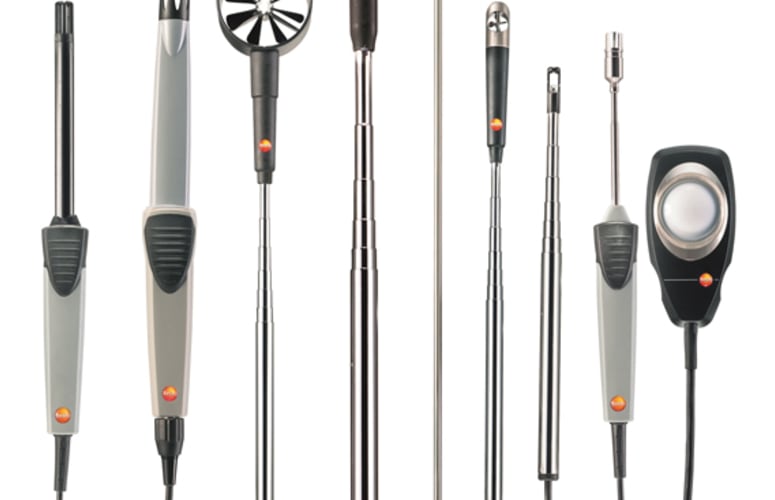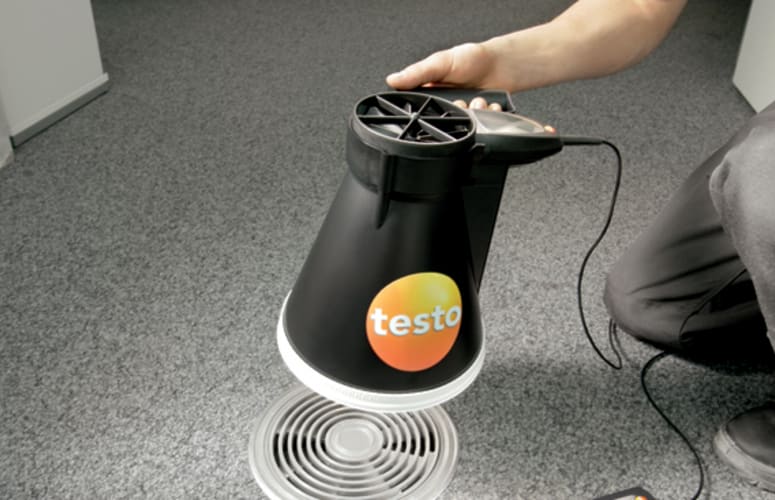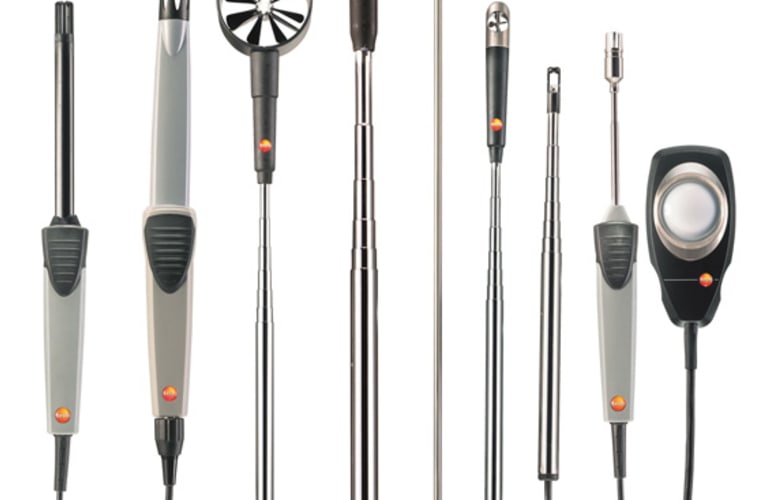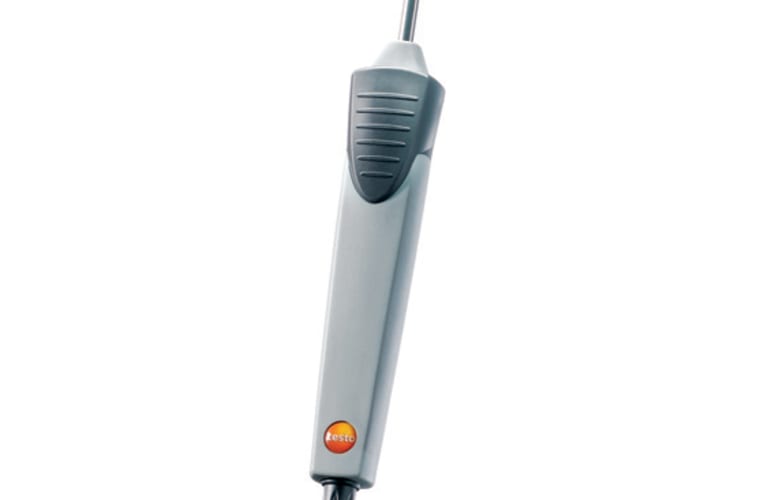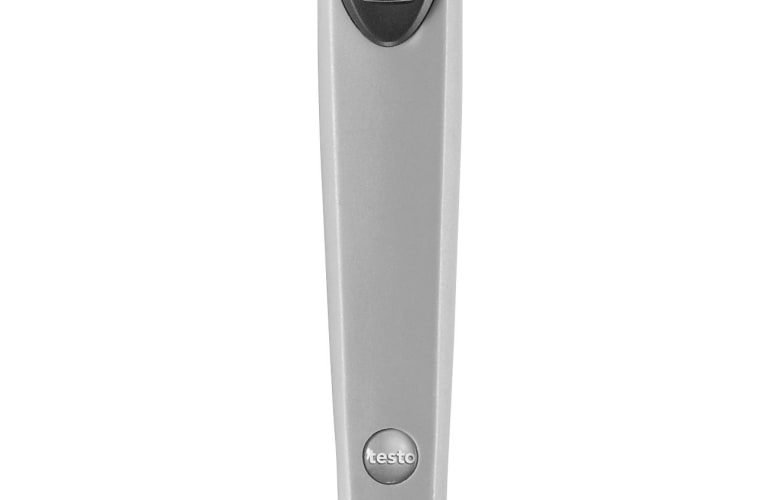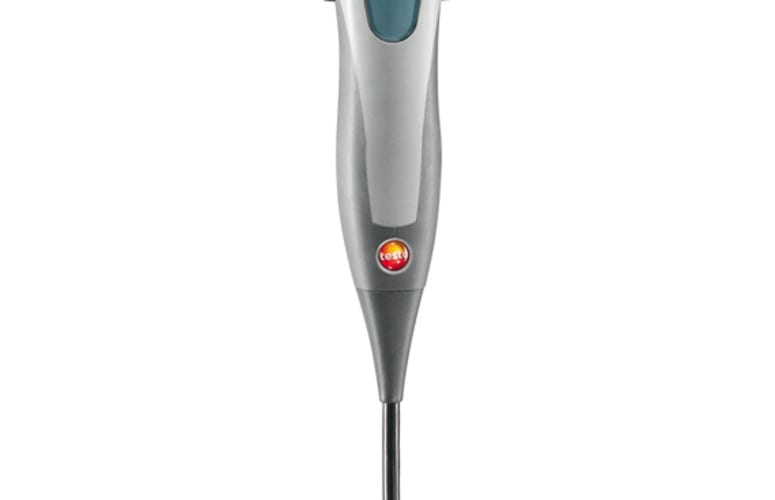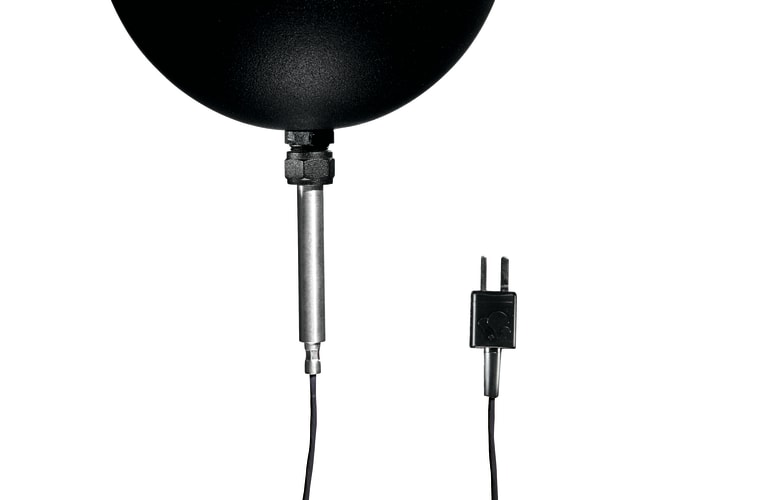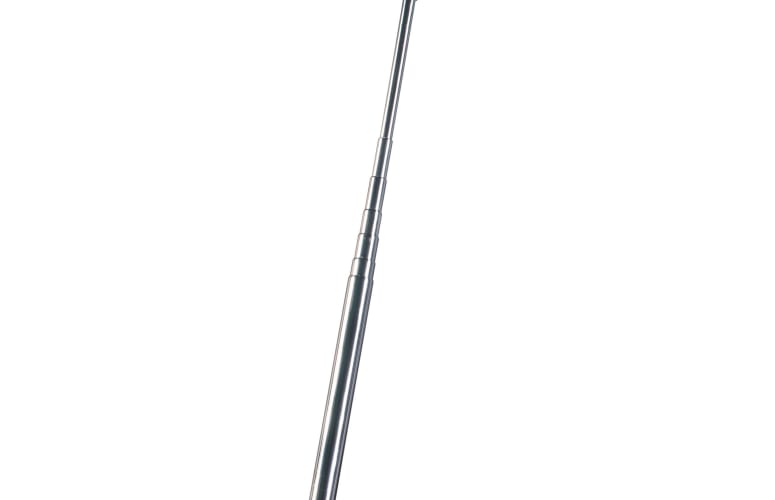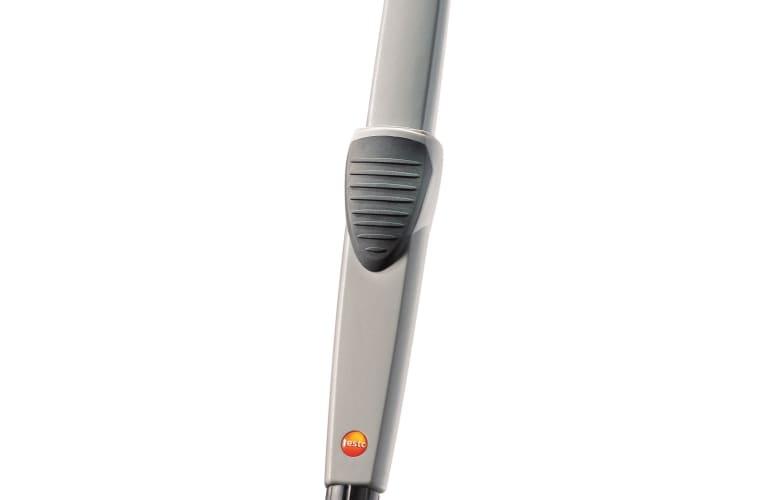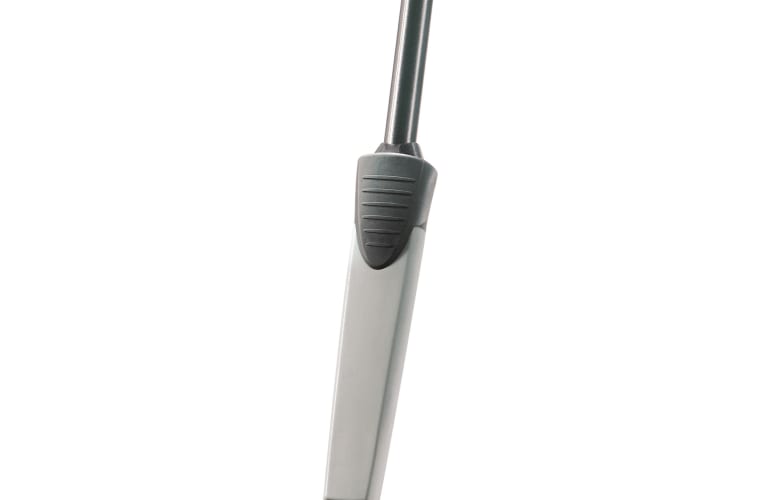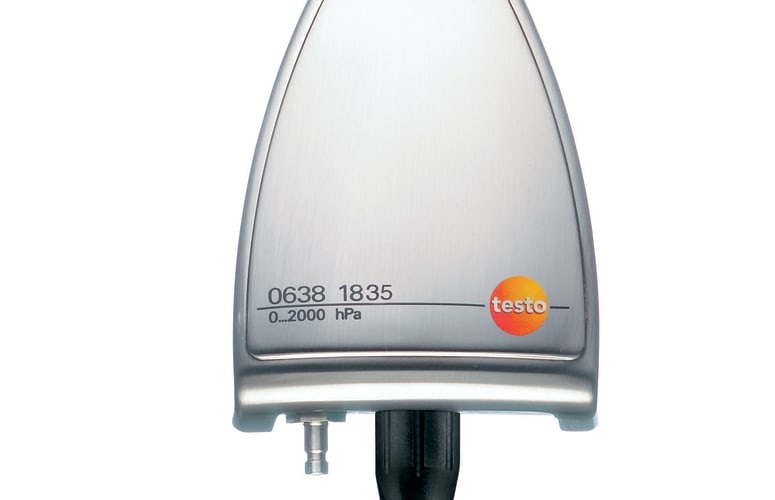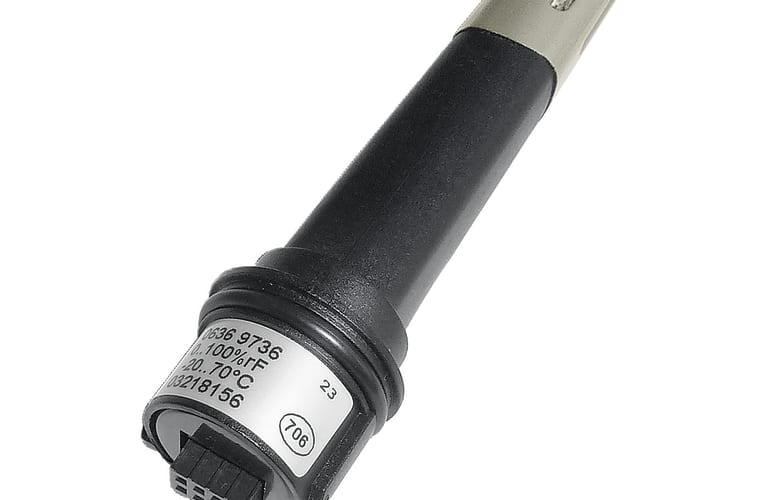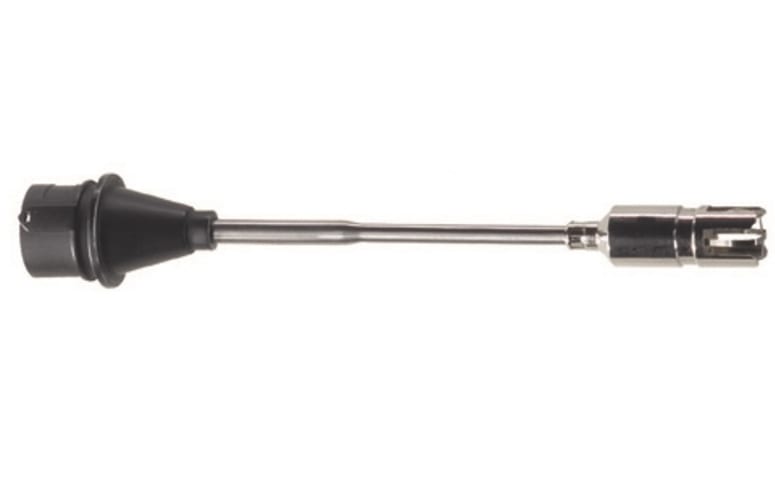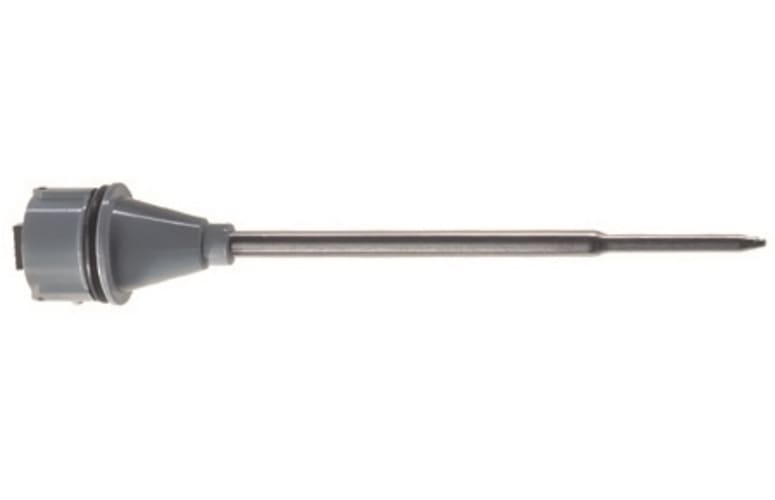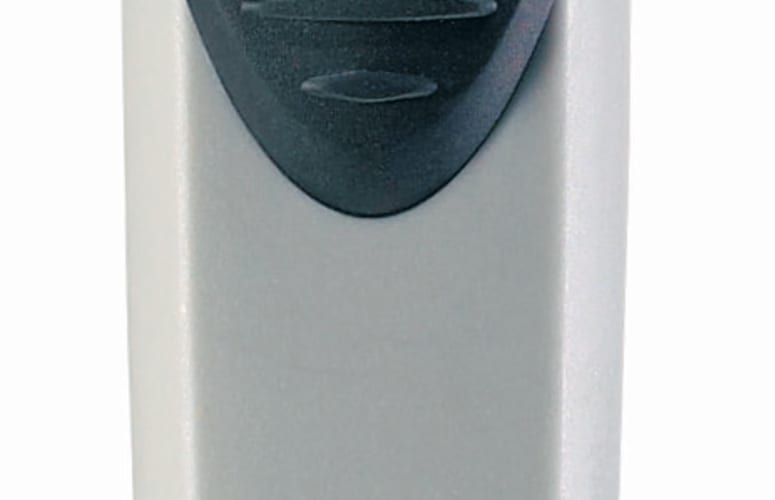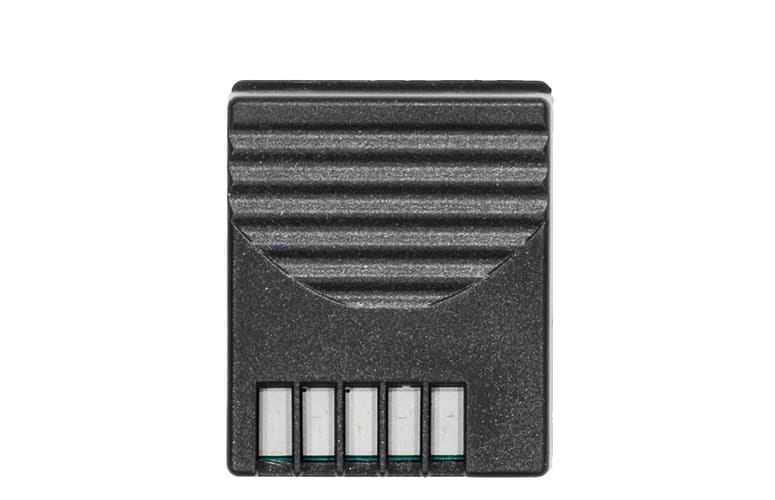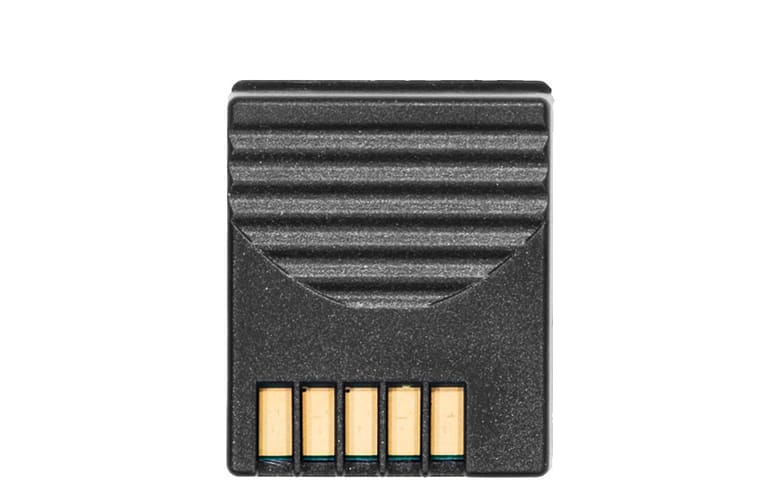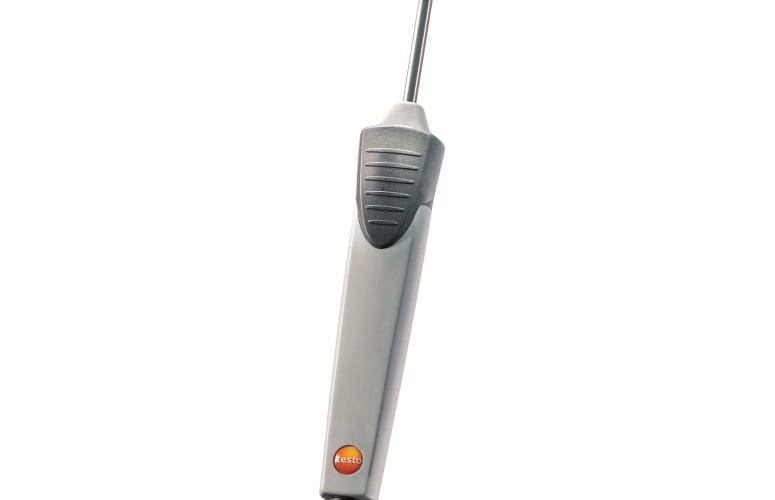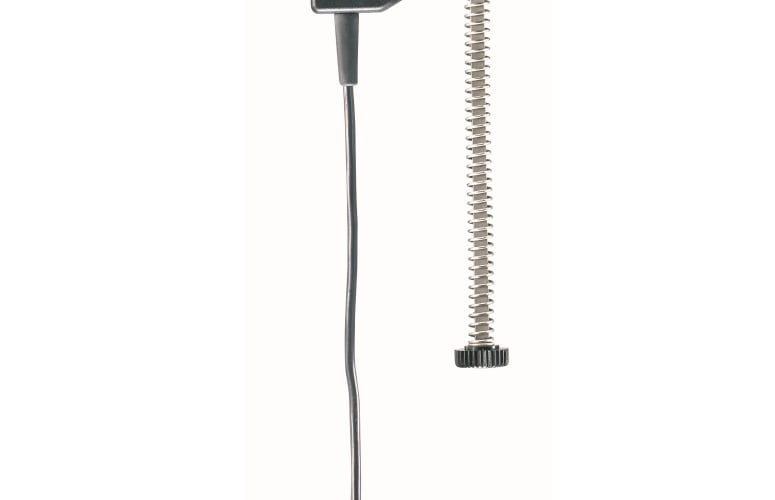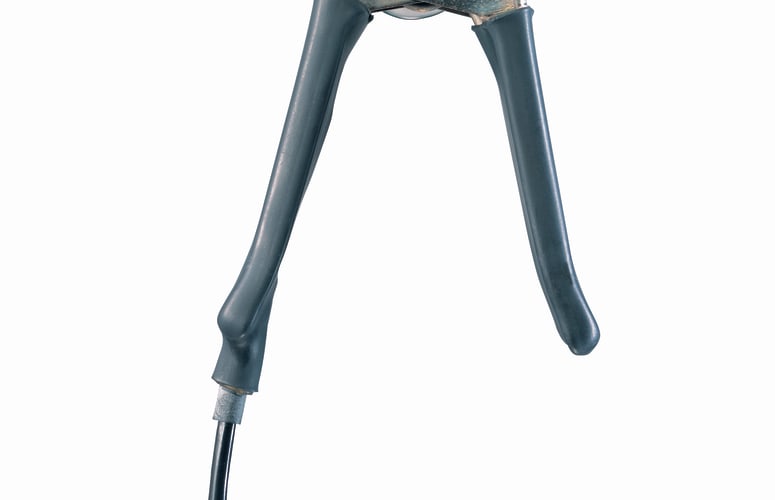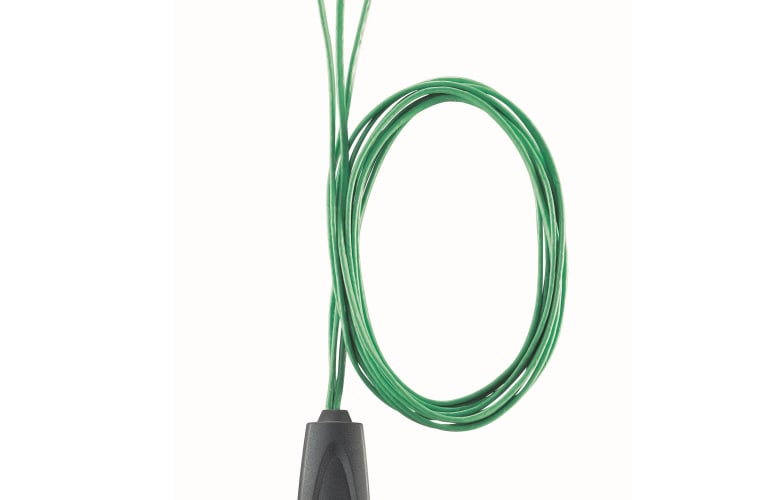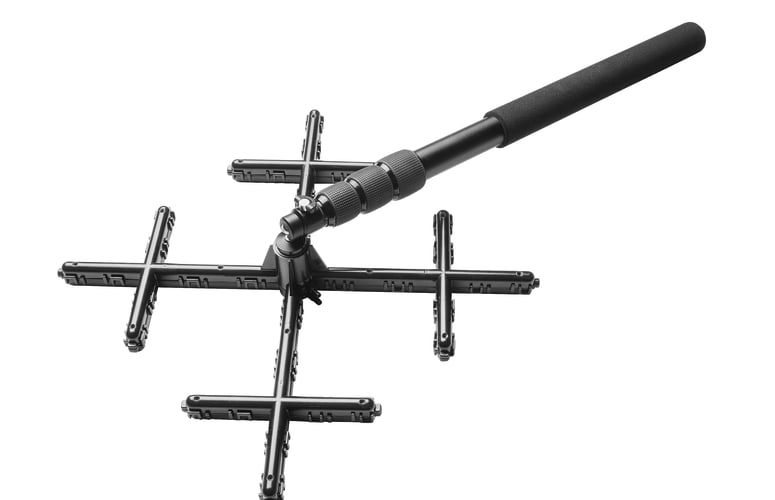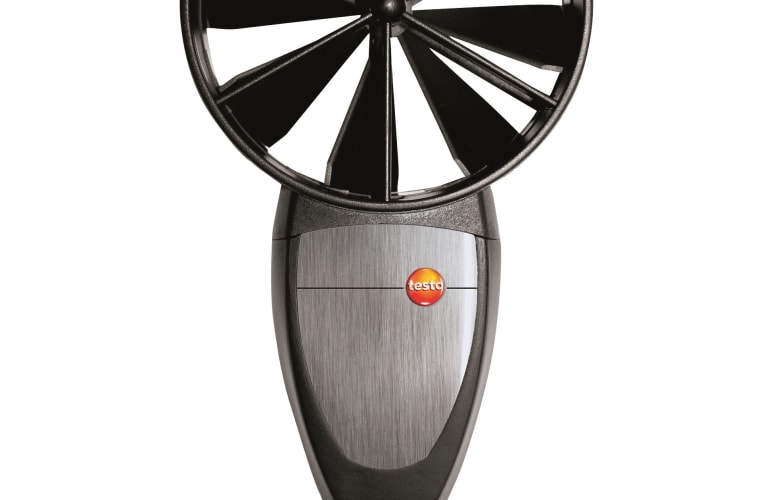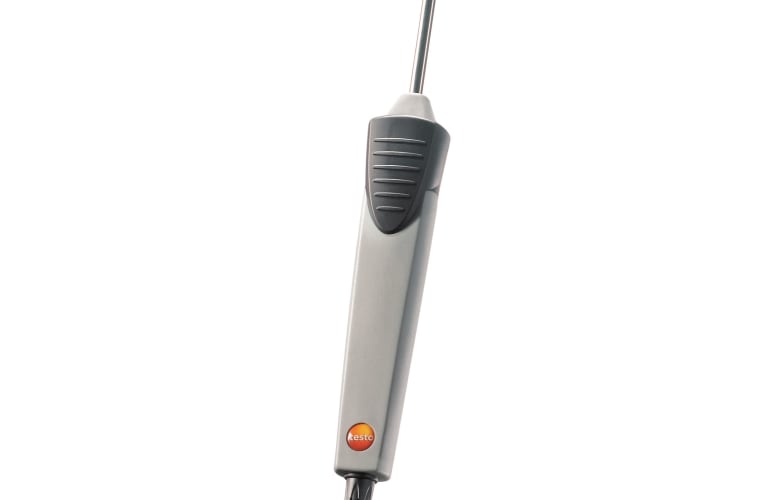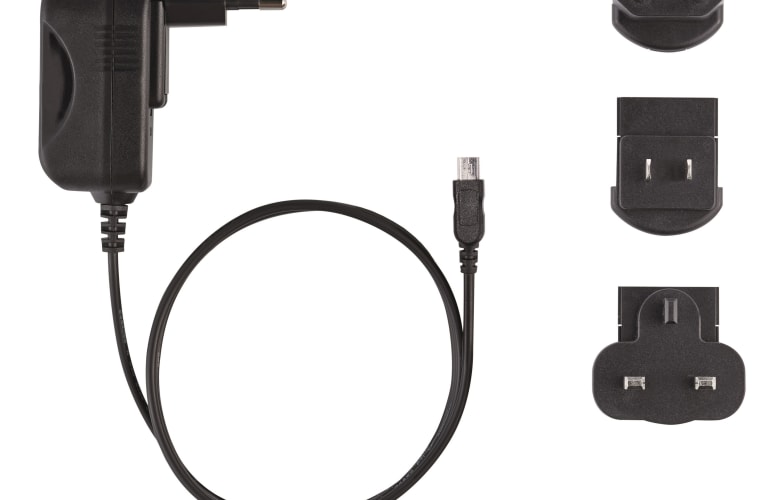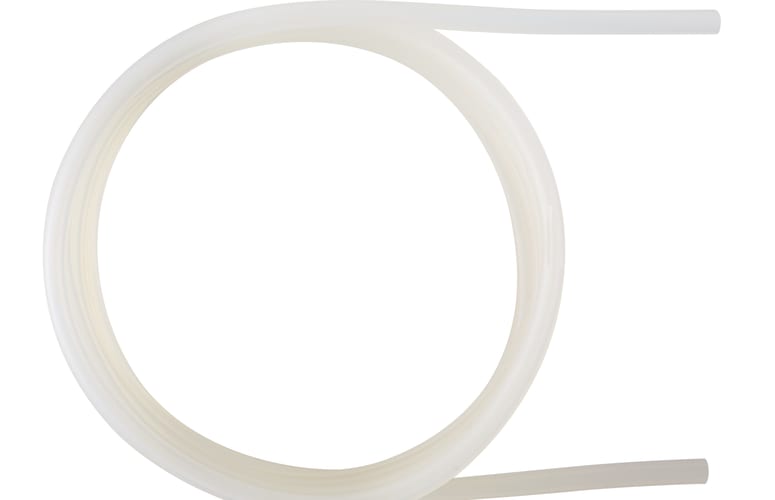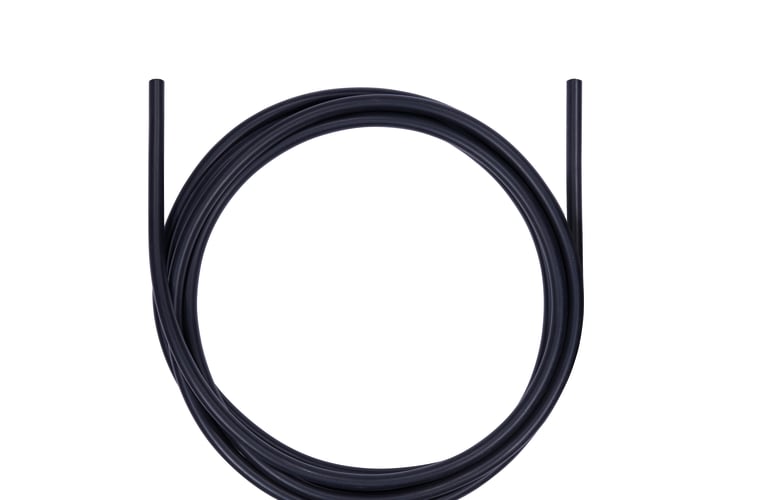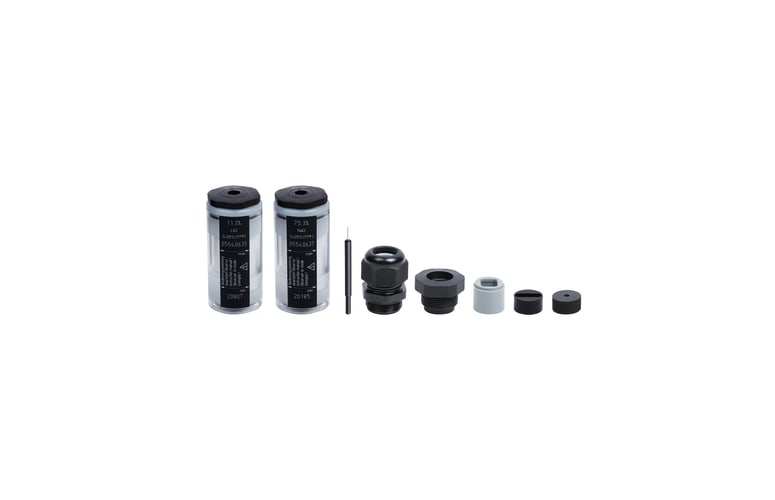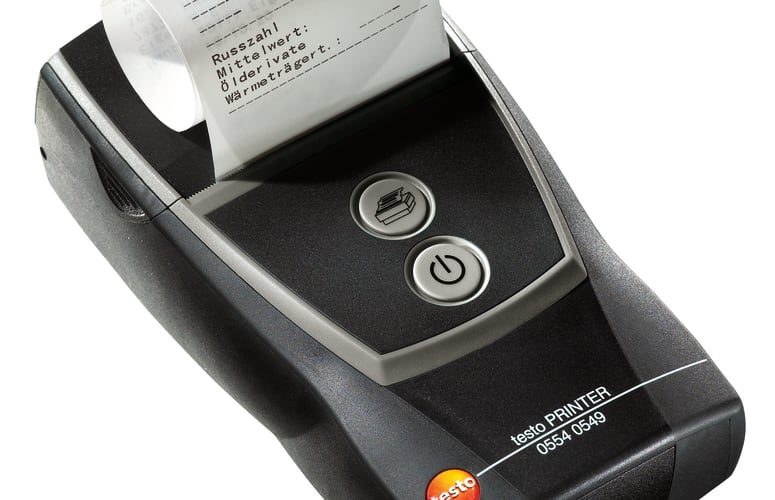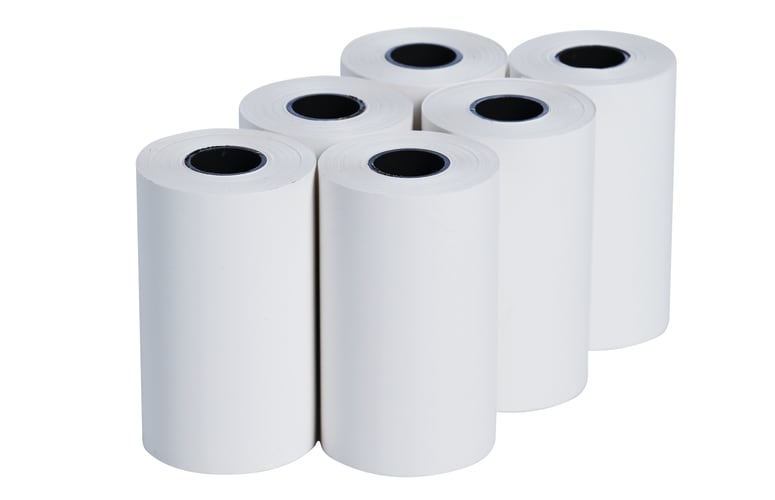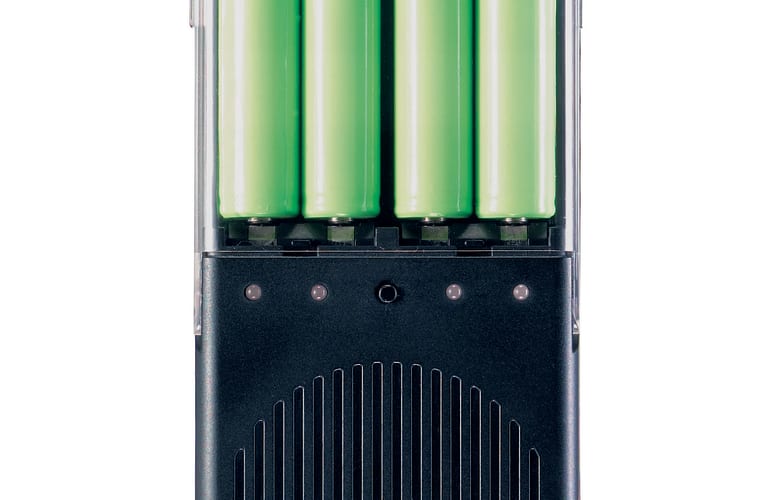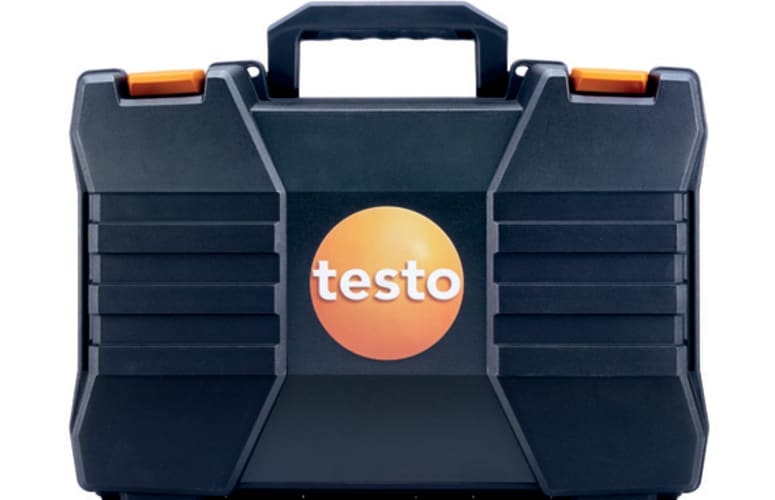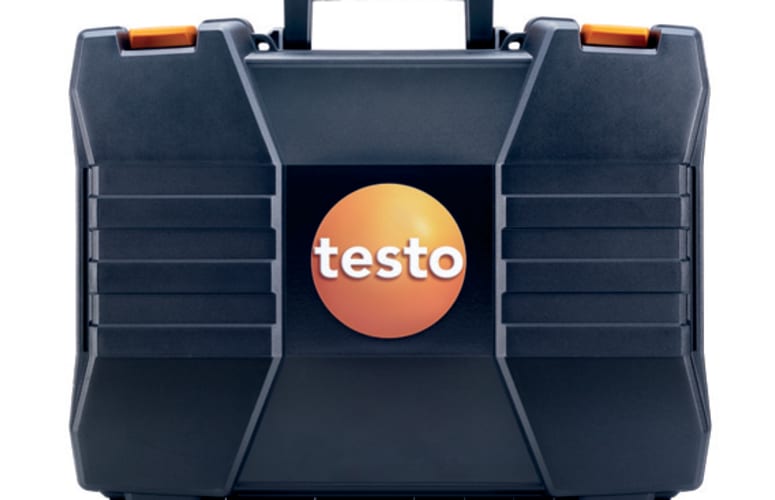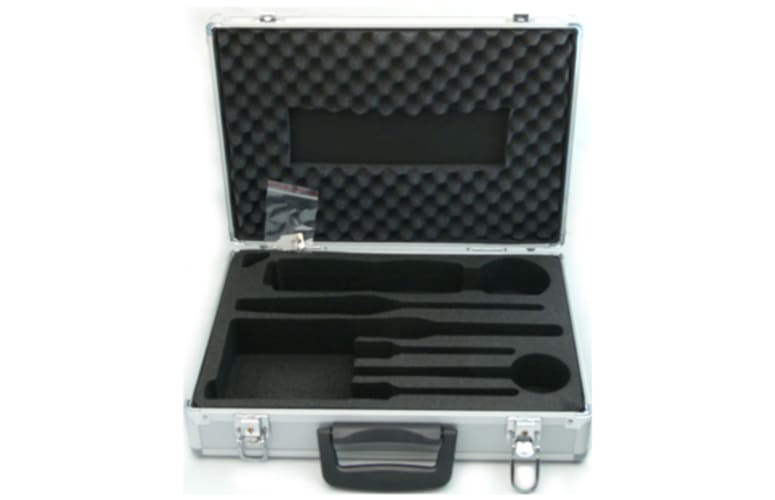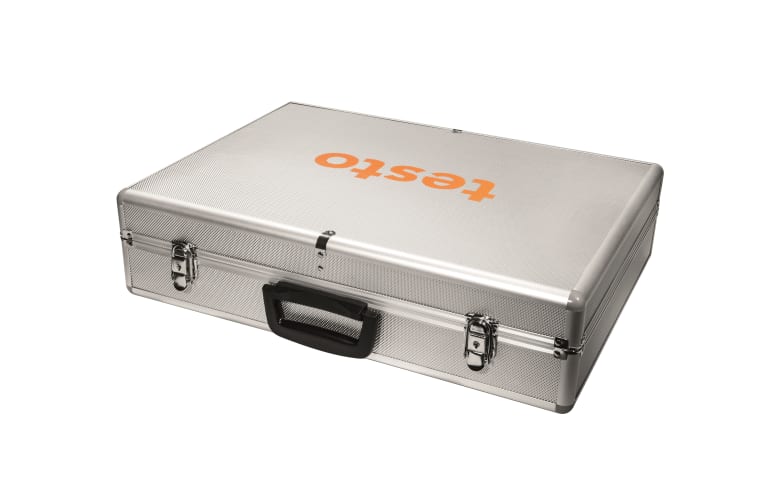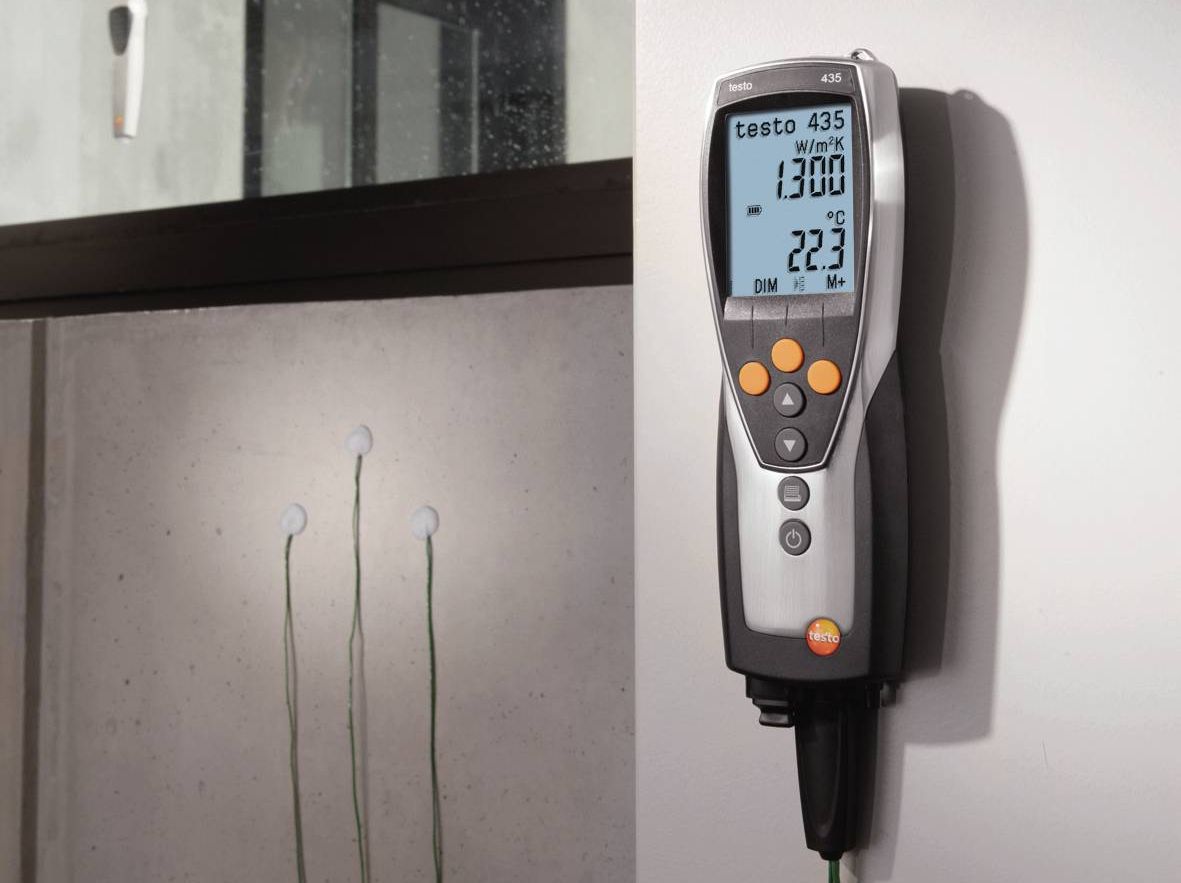U-value measurement
When redeveloping or renovating old buildings, it is crucial to be able to determine quickly if heat is being lost through the windows and walls. Only then can energy costs be reduced and redevelopment measures carried out efficiently.
When assessing thermal transmission, e.g. in old buildings in need of renovation, the U-value is one of the most important values. It enables thermal assessment, e.g. leaks or the smallest air flows at windows.
3 temperature values are required for calculating the U-value:
- Outside temperature
- Surface temperature of the internal wall
- Indoor air temperature
A radio probe is needed to determine the U-value (order number: 0614 1635); this is placed in position outside. It transmits the readings to the measuring instrument inside. To measure the surface temperature the three wires of the U-value probe are attached to the wall with plasticine. The air temperature is recorded by a sensor located on the probe plug. The measuring instrument testo 435-2 automatically calculates the U-value from the three values and shows this on the display. The advantage: there is no need for manual calculation; the result is quick and accurate.
In short, the testo 435-2 allows you to calculate the U-value quickly and accurately, as well as measure parameters for air conditioning, ventilation, and indoor air quality.
